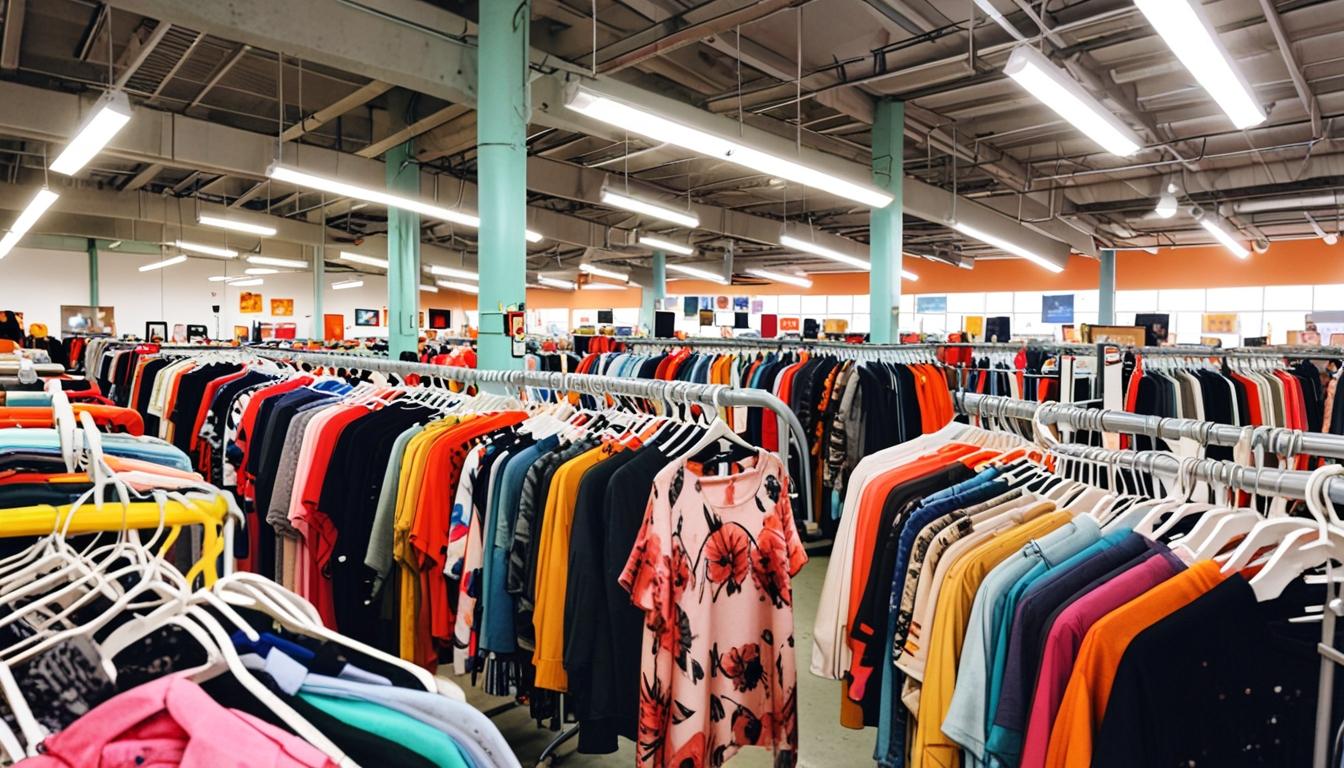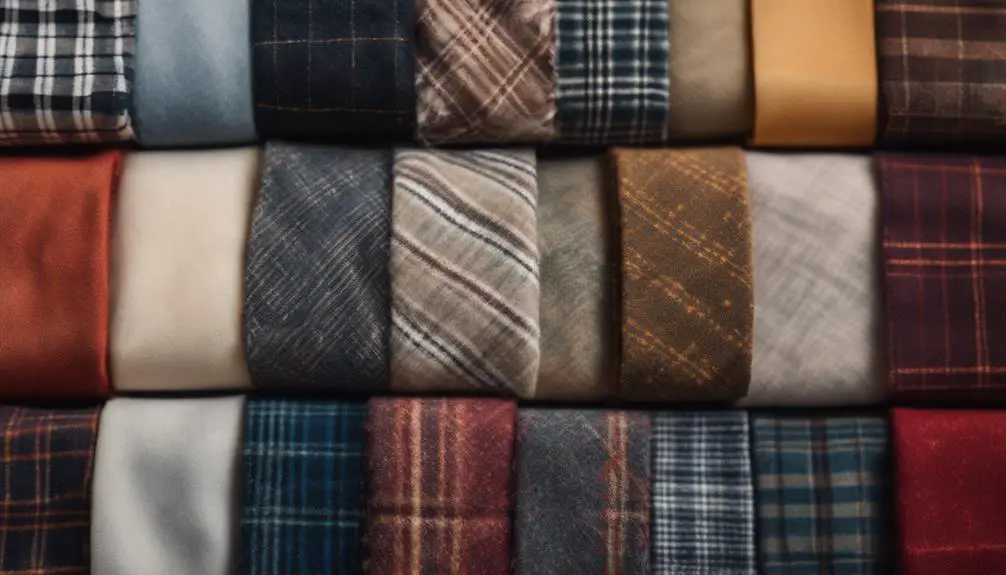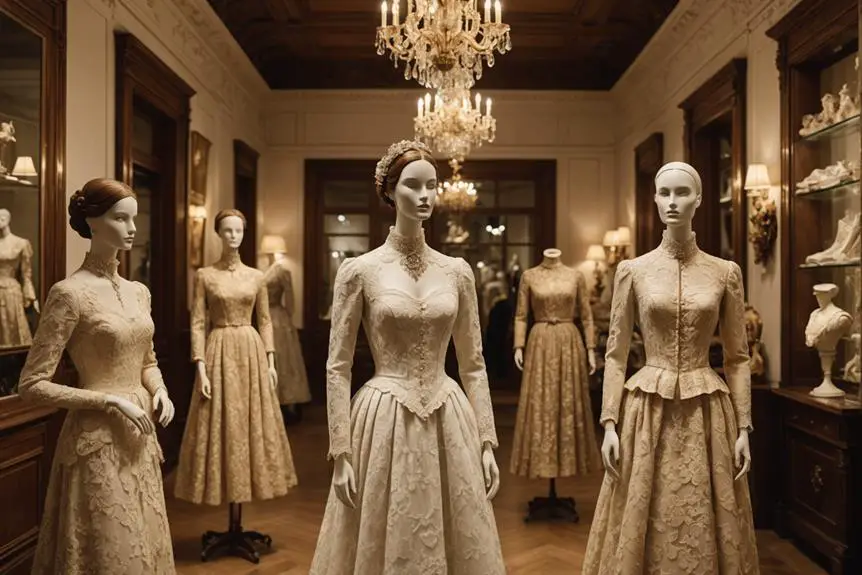The global second-hand apparel market is expected to grow from USD 59.87 billion in 2024 to approximately USD 154.61 billion by 2032, driven by technology, sustainability, and economic factors.
The global second-hand apparel market is on an impressive growth trajectory, with valuations expected to increase from USD 59.87 billion in 2024 to approximately USD 154.61 billion by 2032. This represents a compound annual growth rate (CAGR) of 12.59% between 2025 and 2032, driven primarily by innovations in technology, burgeoning environmental awareness, and evolving consumer preferences.
A recent report by Stellar Market Research highlights several key factors contributing to this market expansion. One significant driver is the advancement of technology, particularly the integration of artificial intelligence (AI) into resale platforms. These innovations have vastly improved the shopping experience by bolstering search functionalities, providing personalized recommendations, and simplifying transaction processes. As a result, second-hand shopping is becoming increasingly attractive and accessible to a broader audience.
Sustainability is another crucial aspect steering consumer behavior toward the second-hand sector. With a mounting focus on reducing environmental impact, many shoppers are opting for eco-friendly alternatives like preloved clothing. Purchasing second-hand apparel not only minimizes textile waste but also cuts down on the carbon emissions associated with the production of new garments, aligning this trend with the values of environmentally conscious consumers.
Economic factors also play a role; as global economic uncertainties and the rising costs of new clothing present challenges, many consumers are exploring budget-friendly options. The second-hand apparel market offers quality items at lower prices, creating an appealing alternative for those looking to maintain style without overspending.
In the United States, the second-hand apparel market has seen notable developments in 2024. The introduction of tariffs on imported goods has inadvertently increased the prices of new clothing, prompting many, particularly younger generations such as Gen Z and Millennials, to seek thrift shopping alternatives. A report from ThredUp reveals that 59% of consumers stated they would prioritize second-hand options if new apparel prices continued to rise, with this sentiment heightened to 69% among Millennials.
The market is segmented by product type and distribution channels, with casual wear being the most popular segment due to its everyday utility. Online platforms dominate the distribution channels, accounting for roughly 60% of second-hand sales. The convenience, broad selection, and user-friendly nature of these online resale platforms have propelled their success.
The competitive landscape of the second-hand apparel market features several prominent players. ThredUp is noted as a leading online resale platform that has invested significantly in AI technologies to refine user experience and operational efficiency. Despite a modest 1% rise in total sales to $260 million and a reported loss of $40 million, the company maintains that it is on track for underlying profitability.
Poshmark has cultivated a community-driven social commerce marketplace and has recently expanded its operations into new markets. The RealReal, which specializes in luxury consignment, has introduced rigorous authentication processes to foster customer trust and also invested in AI technologies for enhanced efficiency.
European players like Vinted and Depop have also made significant strides. Vinted recently marked its first profitable quarter, illustrating its successful market strategies, while Depop has tapped into the popularity of vintage fashion, appealing to younger audiences.
Geographically, the U.S. holds a commanding 30% share of the global second-hand apparel market, benefitting from favorable government policies that have inadvertently bolstered resale market conditions. In the United Kingdom, a cultural embrace of sustainable fashion, supported by government initiatives promoting a circular economy, has aided market growth. Germany’s focus on sustainability, France’s rich fashion heritage emphasizing second-hand clothing, Japan’s cultural acceptance of quality pre-owned goods, and China’s rapidly growing demand for fashion further contribute to a robust global second-hand apparel market.
The ongoing transformation within this sector reflects shifting consumer attitudes toward fashion, sustainable practices, and economic efficiency, marking a significant evolution in the way fashion is perceived and consumed worldwide.
Source: Noah Wire Services




